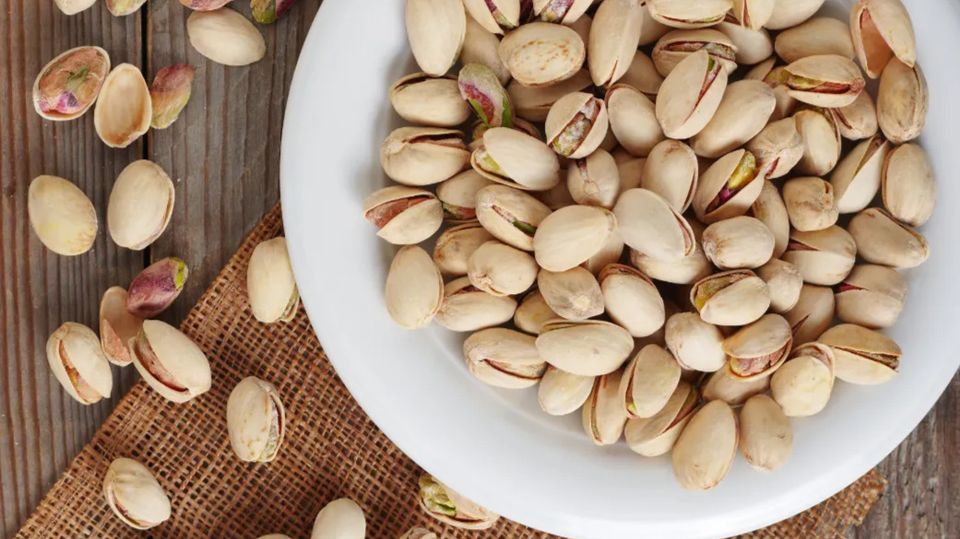California, with its extensive coastline and areas of saline soil
presents unique opportunities for halophyte agriculture. This document explores the potential for salt-tolerant crops in both coastal regions and inland areas affected by soil salinization.







